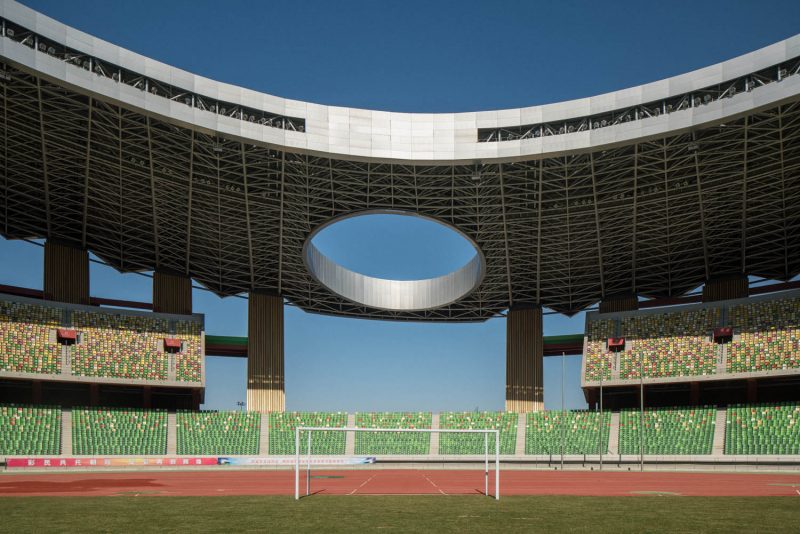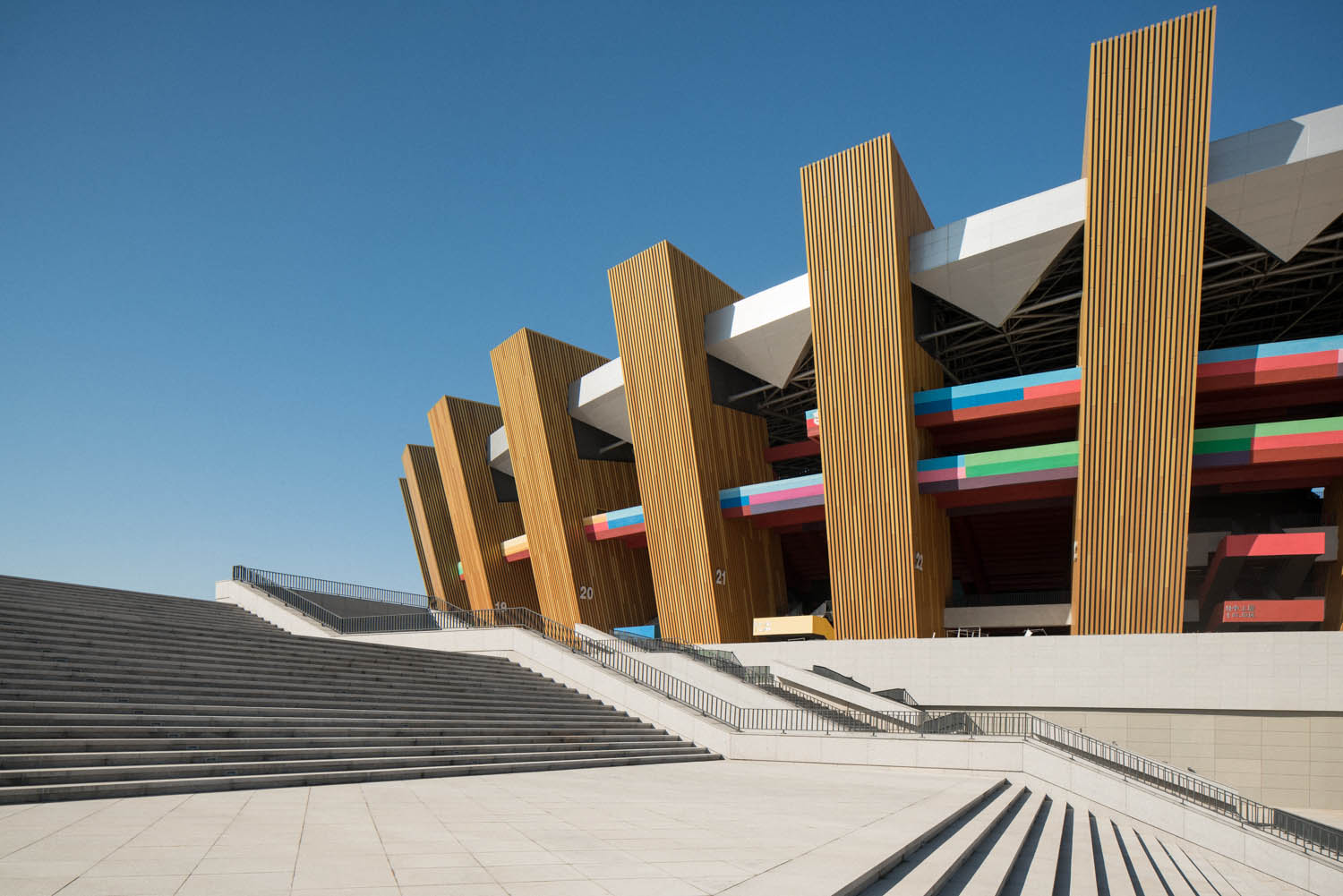Ordos, China, once flush with cash, has been called the world’s largest ghost town.
In the early 2000s, a coal-mining boom led local government to throw money at urban development there, in the hopes of creating a new epicenter of culture, economy, and politics.
Ordos New Town, also known as Kangbashi, would hold 1 million residents and be known for its massive abstract architecture projects, residential towers, and state-of-the-art sports venues. (Developers later scaled back the concept-city to accommodate 300,000 residents.)
But high property taxes and poor construction deterred people from settling in Ordos. In 2016, some 100,000 people lived and worked there – leaving the city two-thirds empty.
"The whole city feels like a post-apocalyptic space station straight out of a science fiction movie," says photographer Raphael Olivier, who captured the city in a series titled, "Ordos - A Failed Utopia."
Olivier shared some of his spectacular images with us. You can check out more on his website.
Located in the remote province of Inner Mongolia, Ordos sits on one-sixth of China's coal reserves — making it an attractive center for development.
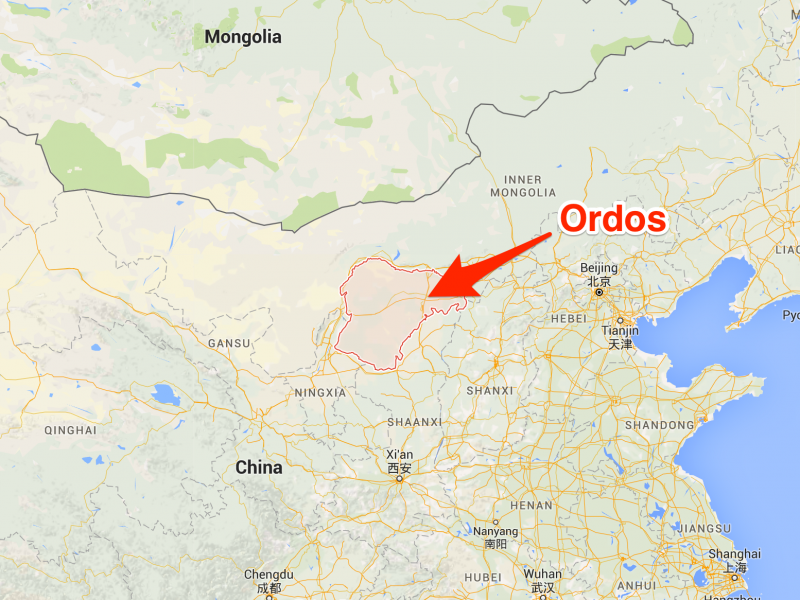
Source: The Huffington Post
In the late '90s and early 2000s, private mining companies got the rights to dig into those deposits. The influx of new business generated lots of tax revenue.

Source: The New York Times
"The local government decided to build this overly ambitious city from scratch," Olivier tells Business Insider. In 2005, it began investing hundreds of millions into real estate and infrastructure.
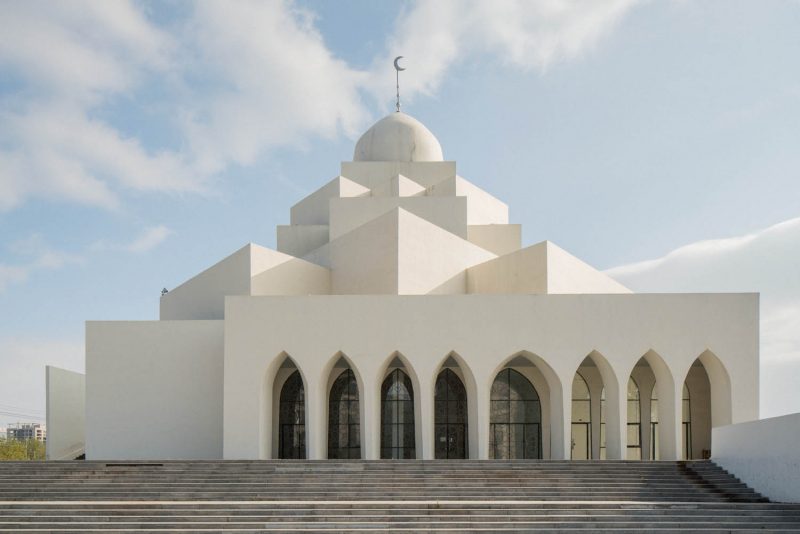
Source: The Huffington Post
But by 2010, an abundance of housing in a nonexistent market led the bubble to burst. High property taxes turned off families from moving to Ordos, according to Olivier.
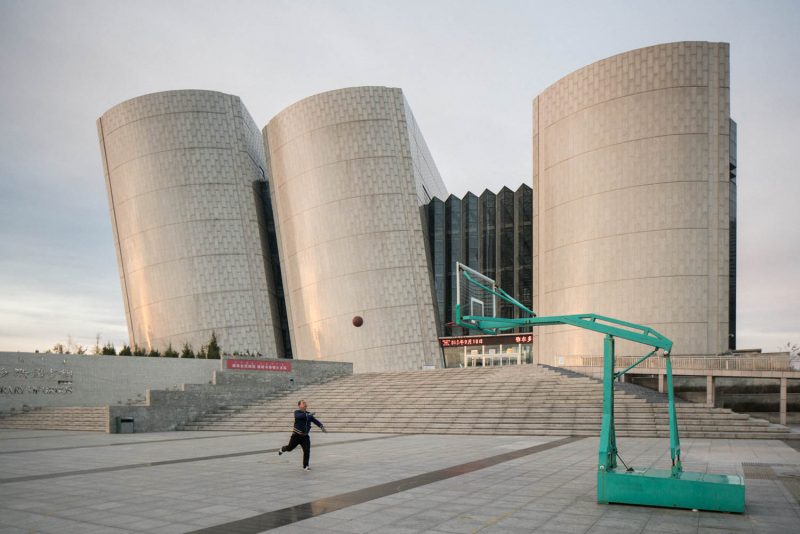
Plus, Ordos New Town rose up just a few miles from the "old city" of Ordos, a thriving provincial town. "People just didn't see the point of moving," Olivier says.
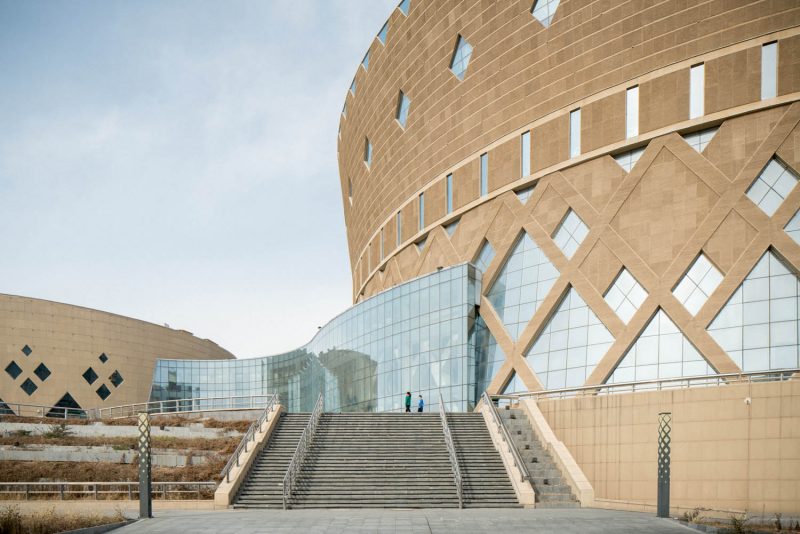
"In the end, only government officials and migrant construction workers effectively settled in," Olivier says, "leaving the vast majority of the city completely empty."
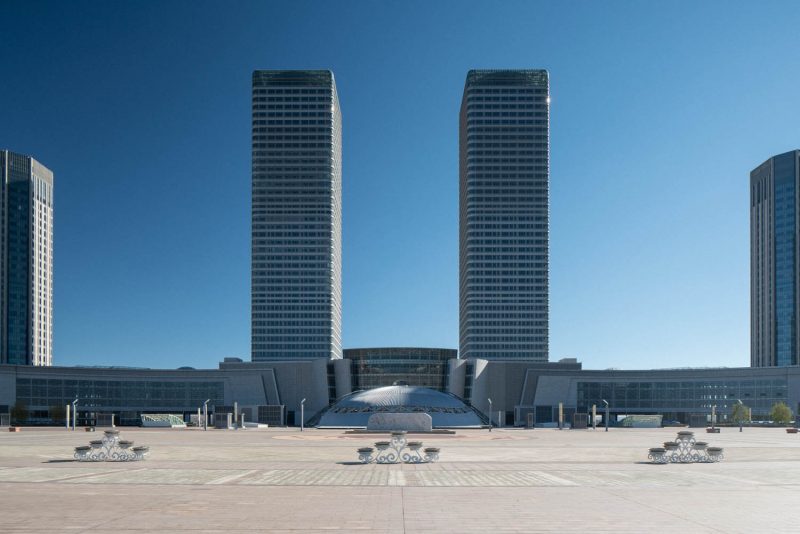
Though the city is only about one-third full, 80-90% of unoccupied apartments have owners. The buyers hold on to them as long-term investments, Forbes reported in 2016.

Source: Forbes
Ordos remains the shell of a futuristic city.
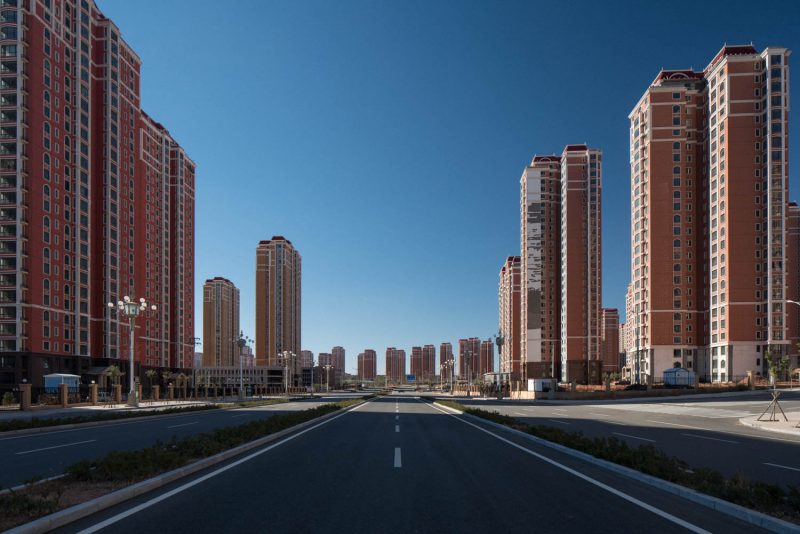
Tourists and journalists have flocked there to document its mesmerizing architecture — and eeriness.
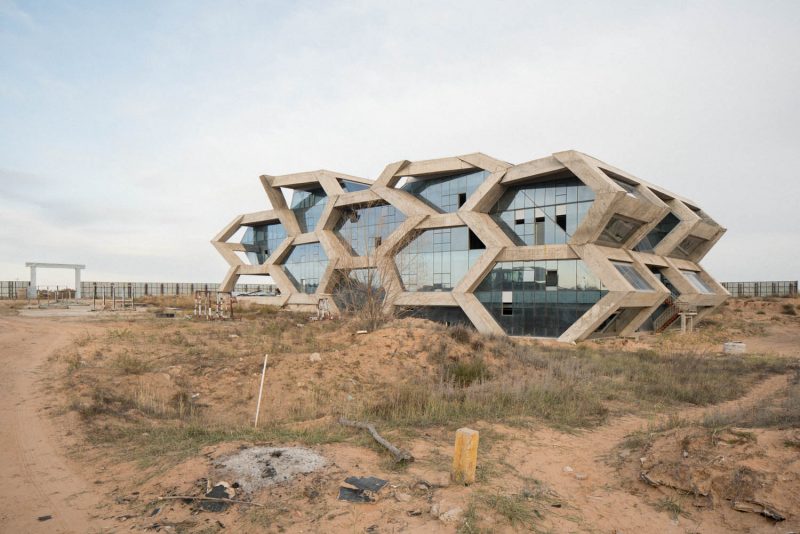
Two horse statues preside over Genghis Khan Plaza at the town's center. Horses are the city's adopted symbol, and they represent nomadic culture.
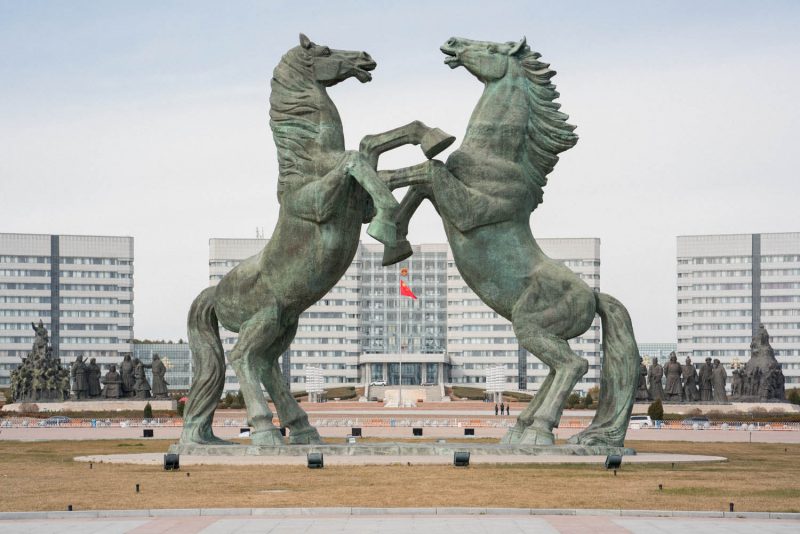
Source: China Daily
The nearby Ordos Art & City Museum "seems like it has landed on the earth," according to a statement by the architect, MAD Architects.

Source: Arch Daily
The Ordos Dongsheng Stadium fits 35,000 spectators, though it hasn't ever been filled to capacity.
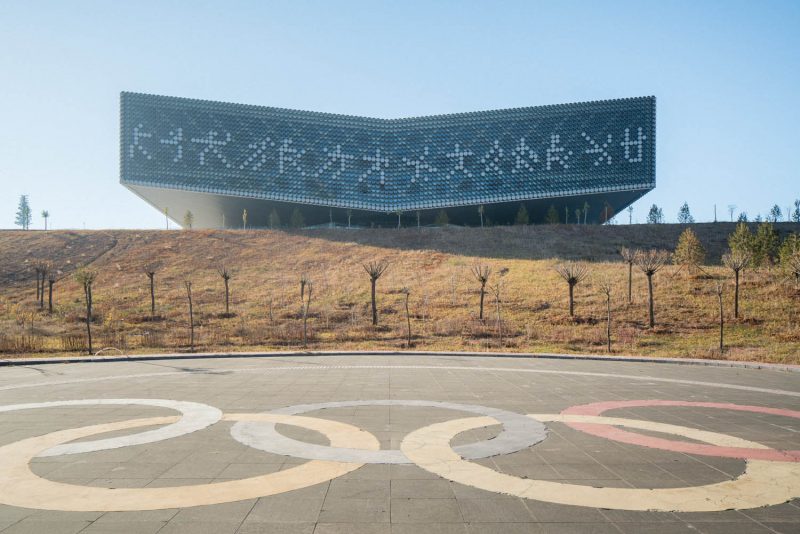
This abandoned villa is part of the Ordos 100 project, an initiative that invited 100 architects to design a village of 1,000-square-meter homes.
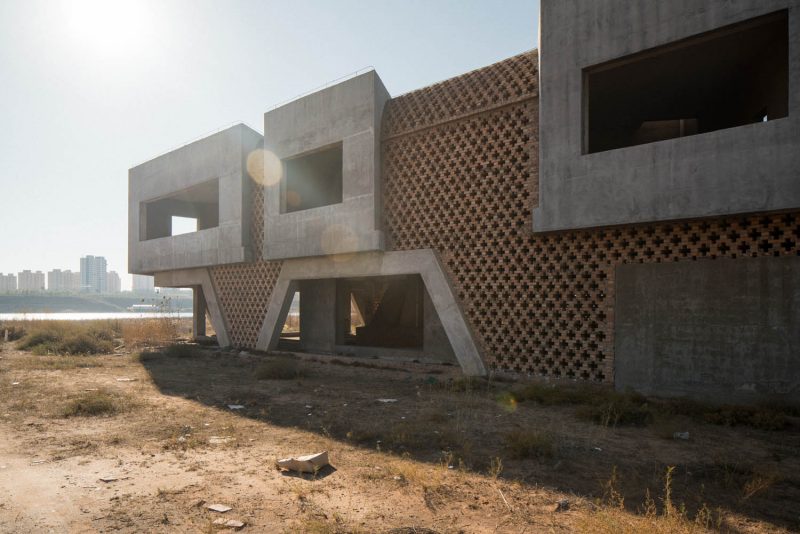
Source: Architectural Review and Ai Weiwei
Pressure to build fast and cheap left a number of structures dilapidated shortly after their construction. Many buildings appear unfinished.

In the last few years, local government has made efforts to recruit residents. Farmers were bribed with "generous compensation and free apartments" to make the move.
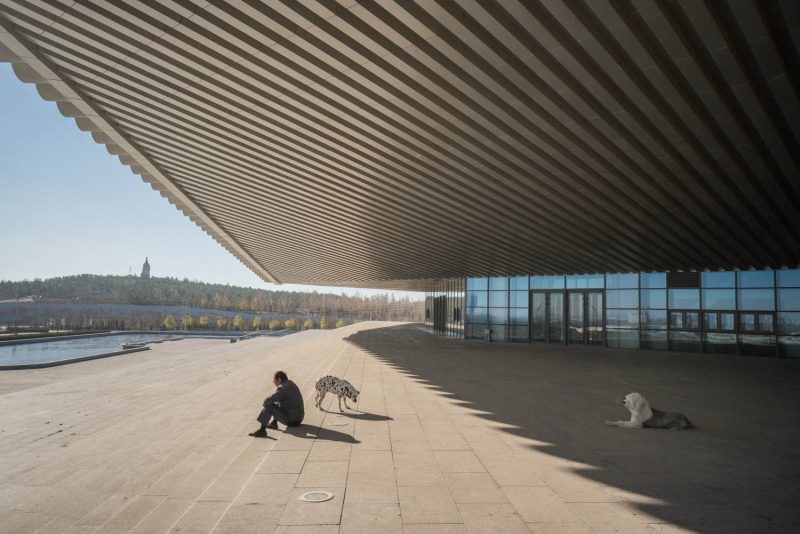
Source: The Huffington Post
Government offices were relocated from a district 20 miles north of Ordos, which enticed public officials to settle closer to work.
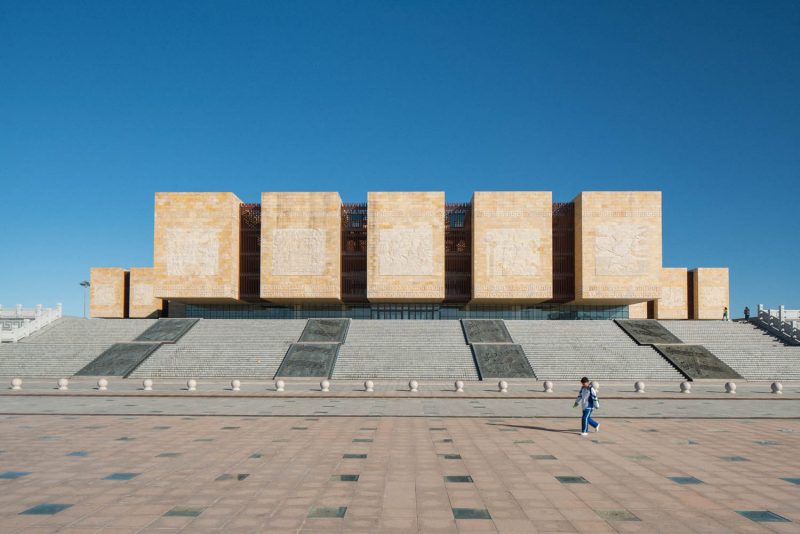
Source: The New York Times
High schools with good reputations were moved to Ordos, as well. Empty apartment buildings were converted into dormitories and now house students.

Source: The New York Times
As a result of these efforts, the Ordos population soared to 100,000. However, it's difficult to nail down accurate census data. Some speculate the government hides the numbers to cover up its urban-planning disaster.
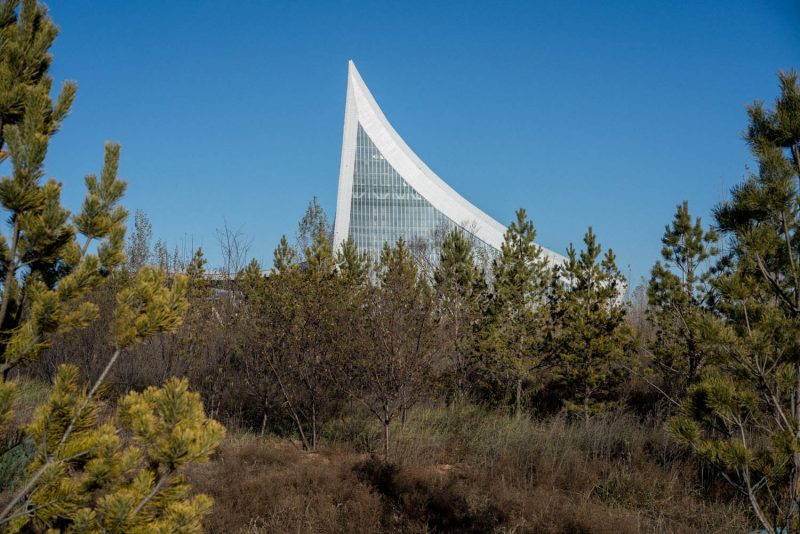
Source: The New York Times
Still, Ordos isn't close to meeting its capacity.

Olivier attributes the government's "build it and the people will come" attitude for the city's spectacular failure. It represents a pervasive problem in China, where officials hope to more than double the country's urban population by 2020.
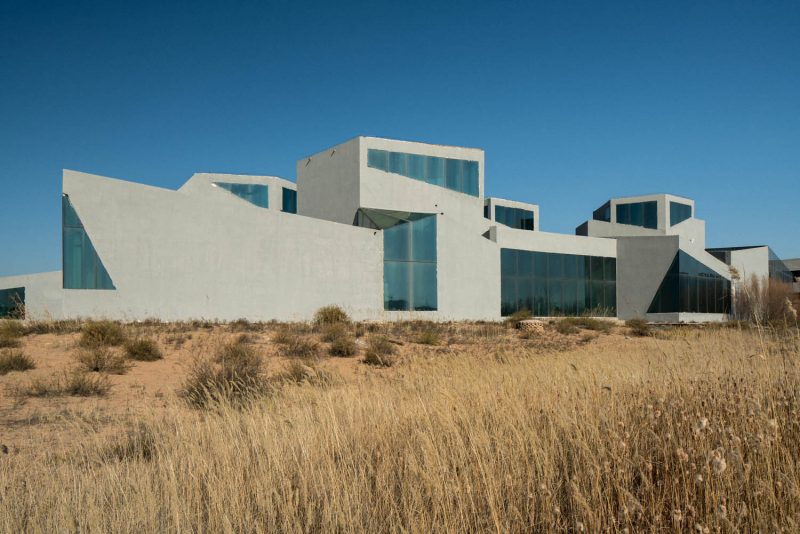
Source: The New York Times
Cities like Ordos spring from rural areas to accommodate the masses. But the masses don't always come. "This phenomenon is really a cancer for the development of this country," Olivier says, "and a serious threat to [the] Chinese economy."
